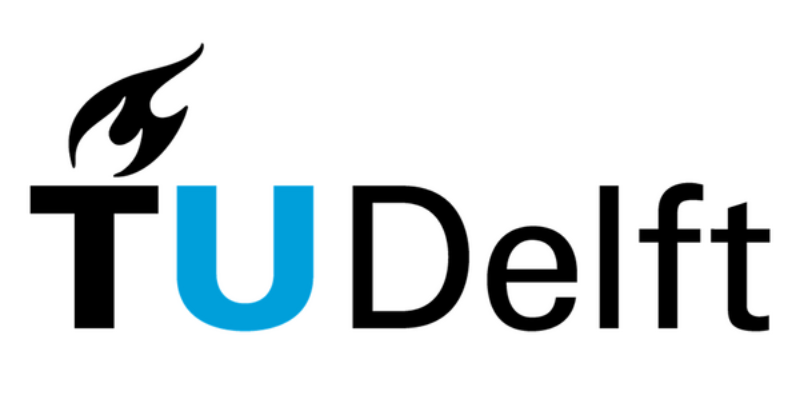We aim to develop an optimal plasmon-enhanced photocatalyst for efficient conversion of CO2 to alcohols and hydrocarbons. This development requires a good understanding of all governing processes, which we will obtain with ultrafast spectroscopy.
Plasmonic nanoparticles have attracted much attention in the field of photocatalysis due to their unique and highly tunable optical properties. Upon exposure to light, localized surface plasmon resonance leads to the generation of hot electrons that if energetic enough, can be transferred to adsorbed molecules to drive electrochemical reactions. The hot electrons that are not transferred thermalize, leading to a photothermal effect that heats the particles and can drive thermocatalytic reactions. These phenomena, along with an exceptionally strong light absorbance, makes plasmonic nanoparticles interesting materials for photocatalytic CO2 conversion.
For this project, we will synthesize a variety of plasmonic catalysts by combining plasmonic nanoparticles with other known CO2 hydrogenation catalysts. With ultrafast spectroscopy we will obtain information about hot electron transfer effects and photothermal effects, the formation of reaction intermediates, and the adsorption and desorption of reactants and products. Understanding the relation between all of these processes and the catalytic materials gives us important insights that will help us improve the efficiency of our plasmon-enhanced photocatalysts.
Partners






